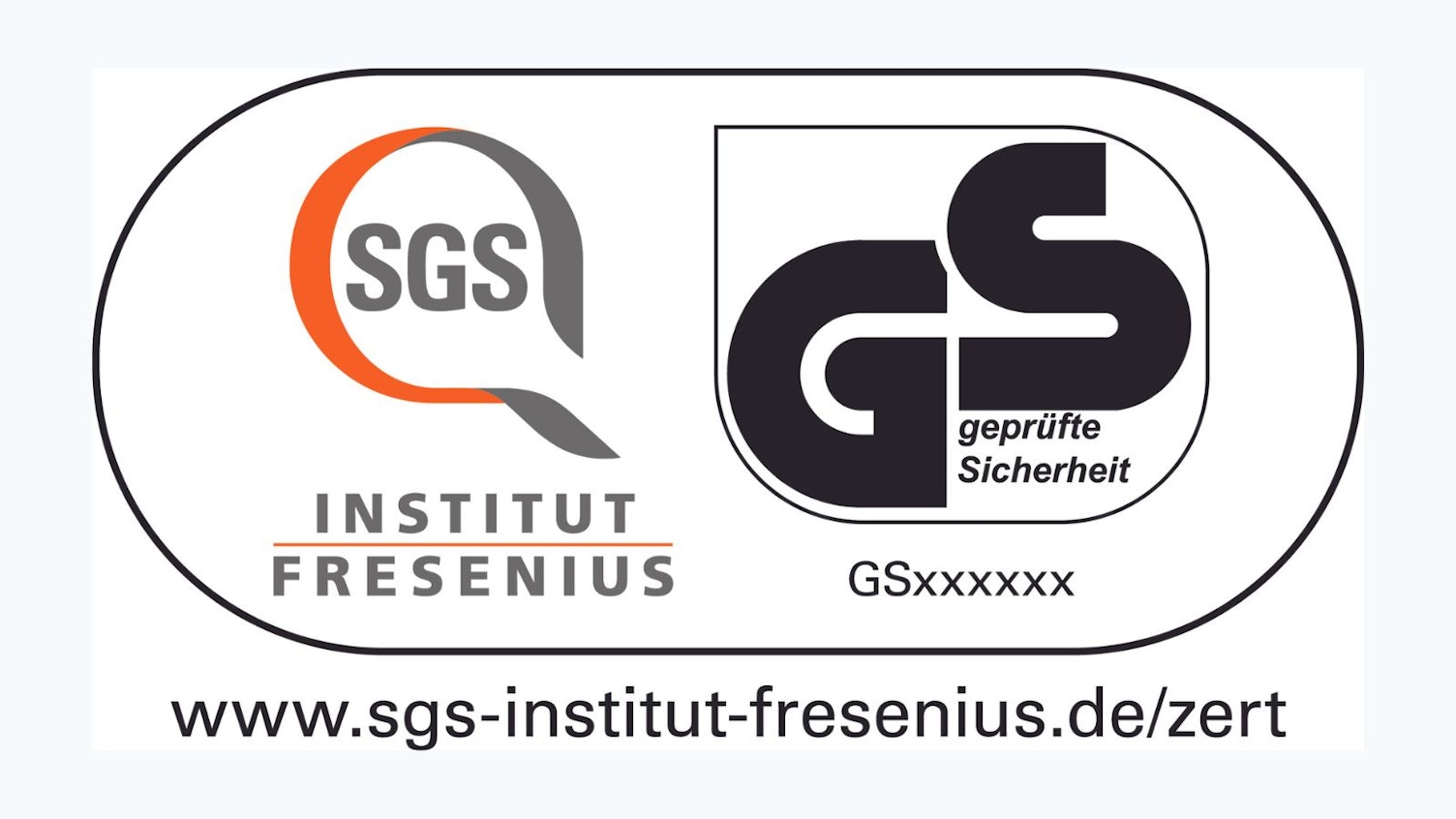- Children’s furniture
- Office furniture
- Outdoor furniture
- Educational furniture
- Seating
- Free-standing cabinets
- Laboratory and workshop furniture
Retailers, brands and consumers increasingly demand independent verification of product safety and quality. The GS mark provides this assurance and SGS, as a notified body for GS Mark testing and certification can help you gain a competitive edge in a congested market.

What is the GS Mark?
Geprüfte Sicherheit (GS) means "tested safety." This voluntary but legally regulated mark for ready-to-use products focuses on product safety. It confirms that a product is safe for foreseeable use on the basis of the German Product Safety Act (ProdSG). The GS Mark is regulated pursuant to the ProdSG, Chapter 5; Sections 20-23.
What are the benefits?
One of the best-known and most important test marks for goods and consumer products, the GS Mark tells the consumer that an appropriately marked, ready-to-use product can be used safely and without danger, providing it is used as intended.
The GS Mark is awarded by third-party organizations that have been accredited by German authorities to perform product testing and to certify compliance. Its requirements are more stringent than the EN standard, and also exceed the requirements of the mandatory CE marking. Manufacturers choosing GS Mark certification benefit from:
- Verifiable proof of product safety and compliance to GS Mark requirements
- Increased retailer and consumer confidence
- Improved marketability of products
Applicable to both consumer products, as described in Section 2 No. 26 of the ProdSG, and work equipment, the mark assures consumers that a product can be used safely and without danger, providing it is used as intended. At the same time, it helps employers understand that they must only provide safe work equipment to employees, as required by Section 5 of the Industrial Safety Ordinance (Betriebssicherheitsverordnung).
Which products can SGS certify?
- Carriers
- Cots
- Cribs
- Cradles
- Furniture (for babies and children)
- Highchairs
- Strollers
- Playground
- Scooter
- Skates
- Stationary exercise equipment
- Elliptic trainer
- Strength-workbenches
- Strength-exercise equipment
- Treadmills
- Rowing machines
- Step and climbing machines
- Exercise bicycles with rigid impetus, or without freewheel
- Crank exercise equipment
- Non-stationary exercise equipment
- Gymnastics ball
- Hiking, trekking and walking poles
- Gymnastics apparatus
- Trampoline
- Mechanical toys
- Electrical toys
- Ride on toys
- Toy trampoline
- Scooter
- Activity toys
- Dolls
The certification process
- Step 1: Apply for GS certification
- Step 2: Product type test
- Step 3: Year 1 factory audit
- Step 4: Issue certificate (maximum period of validity is five years)
- Step 5: Years 2 to 5 factory audits
- Step 6: Withdraw certificate, if necessary
The GS mark, distinct from the European "CE" mark, indicates safety testing of a prototype and inspection of the manufacturing process by a GS body, but it does not assess product quality, performance, or shelf life. It applies not just to products made in Germany but also internationally. Defined by the Product Safety Act, products with the GS mark must remain safe for users and not threaten health or legal interests under normal use conditions throughout their lifespan.
Lot 3 & Lot 4, Persiaran Jubli Perak,
Seksyen 22, 40300,
Shah Alam, Selangor, Malaysia